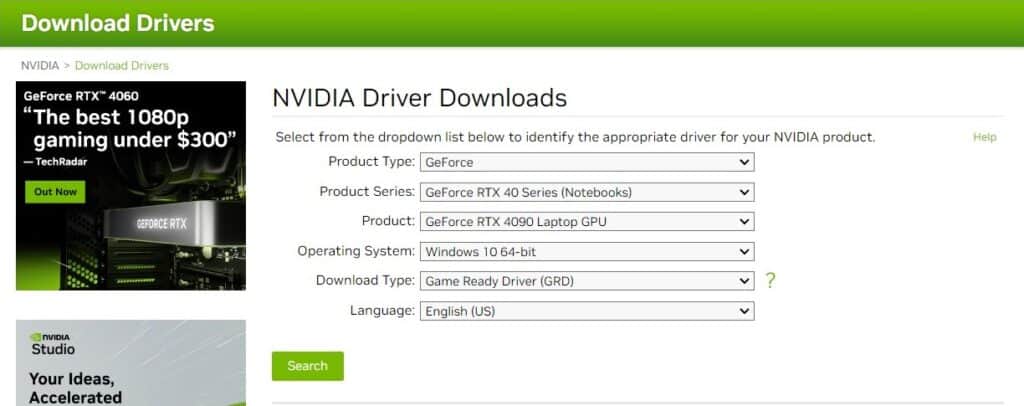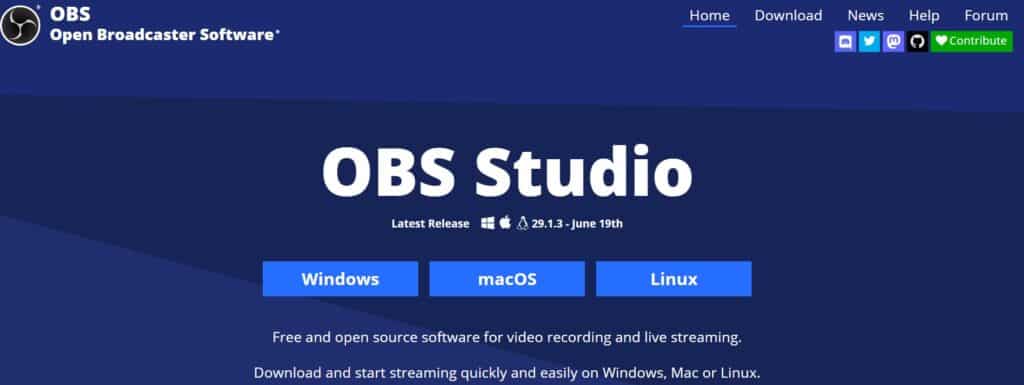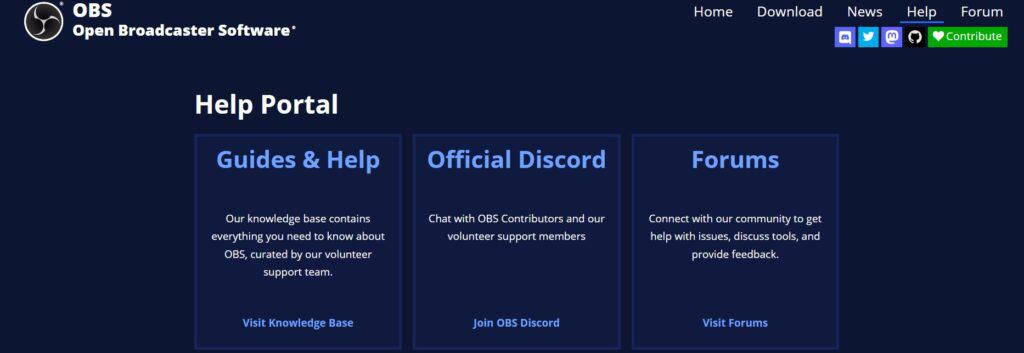OBS Studio is important for creators and streamers to easily capture and share content.
It uses NVIDIA NVENC to encode videos well with NVIDIA GPUs.
But seeing the “Your Current Video Card Driver Does Not Support this NVENC Version” error is bothersome.
The full error message reads: “Failed to start recording Your current video card driver does not support this NVENC version, please update your drivers.”
This article explains why this happens and offers clear steps to solve the issue.
What Causes “Your Current Video Card Driver Does Not Support This NVENC Version” On OBS Studios?
The error message “Your current video card driver does not support this NVENC version. It’s important to update your drivers in OBS Studio because the NVENC version used by OBS may not match your computer’s video card driver.
This can occur for different reasons. One reason is that your video card driver might be old and doesn’t work with the NVENC version OBS is using, causing the error.

If you choose the incorrect NVENC version in OBS settings, it can interfere with your video card driver.
Sometimes, other software running on your computer can cause conflicts that result in this error.
In rare cases, there might be issues with your video card’s hardware that lead to this error message.
How To Fix “Your Current Video Card Driver Does Not Support This NVENC Version” On OBS Studios?
Here are some steps you can take to address the problem:
1. Update Your GPU Drivers
Go to your GPU maker’s website, get the latest video card drivers for your GPU model, install them, and restart your computer.

Here are the steps to update your GPU Drivers:
- Go to your GPU NVIDIA site.
- Choose your GPU details, OS, and language. Download the latest driver.
- Run the downloaded file, follow the prompts, and choose custom installation for a clean setup.
- After installation, restart your computer to complete the process.
- In Device Manager, confirm the new driver version under Display adapters.
- Open OBS Studio to check if the NVENC error is resolved.
2. Update Your Video Card Driver
The easiest fix is to go to your video card maker’s website, get the newest driver, install it, and then restart your computer. This usually solves the problem.
Here are the steps to Update your video card driver:
- Go to your video card manufacturer’s website NVIDIA and locate the “Support” or “Drivers” section.
- Choose your video card model and OS version on the driver download page.
- Save the latest driver to an easily accessible location.
- For a clean installation, uninstall the old driver through the device manager or a tool like Display Driver Uninstaller.
- Run the downloaded driver file and follow the on-screen instructions.
- After installation, restart your computer to apply changes.
3. Check The OBS Settings
Make sure to access OBS Studio’s settings and navigate to the Output section.
Under Streaming/Recording, select the appropriate NVENC version that matches your updated video card driver for optimal encoding performance.
Here are the steps to check the OBS setting:
- Open OBS and access “Settings.”
- Click on “Output” tab.
- Under “Streaming” or “Recording,” choose an appropriate encoder like “NVENC” for NVIDIA GPUs.
- Set “Rate Control” to “CBR” and adjust “Bitrate” for internet connection.
- Under “Video,” match “Base (Canvas) Resolution” and “Output (Scaled) Resolution” to desired values.
- Set desired “FPS” and click “Apply” then “OK” to save changes.
4. Check For OBS Studio Update
To solve this, make sure you have the newest OBS Studio version.
Go to their official website or check in the app, get the latest version, and install it on your computer. This should fix the issue.
Here are steps to check for OBS Studio update within the application:
- Open OBS Studio.
- Click “Help” in the top menu.
- Choose “Check for updates.”
- View available updates and their changes.
- For unsupported systems, avoid updates (details provided).
- Check current version via “Help” > “About.”
- Hit “Update Now” for desired updates.
- Approve system changes if prompted.
- Click “Launch OBS” after update.
- Regular updates ensure latest features and fixes.
5. Uninstall And Reinstall OBS Studio
If the issue still persists, then try uninstalling OBS Studio from your device and then reinstalling it from the official website.

Here are the steps to uninstall and reinstall on Windows:
- Press the Windows key + “I” to open the Settings menu.
- Go to “Apps” or “Apps & features” in the Settings menu.
- In the search bar, type “OBS Studio” to locate the OBS Studio application.
- Once you find OBS Studio in the list, click on it to select it.
- Click on the three dots button, usually located next to the app’s name.
- From the dropdown menu, choose “Uninstall” to remove OBS Studio from your PC.
- Download the OBS Studio installation file from the official website.
- Once the download is complete, locate the file and run it to install OBS Studio on your PC.
6. Contact OBS Studio Support

If you have exhausted all the previous troubleshooting steps to fix errors in OBS Studio without success, the recommended next step would be to contact the official support team of OBS Studio for further assistance and guidance.
